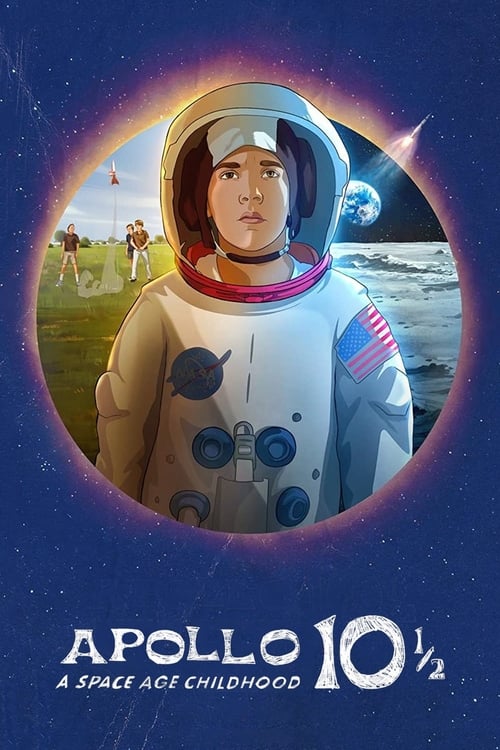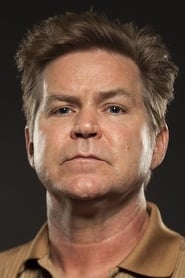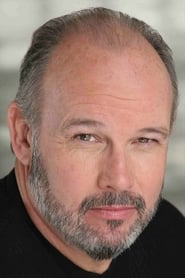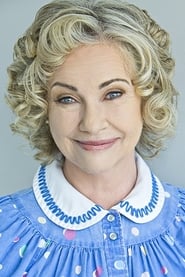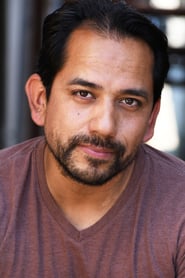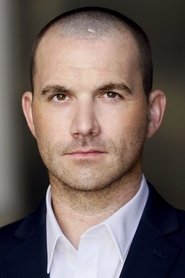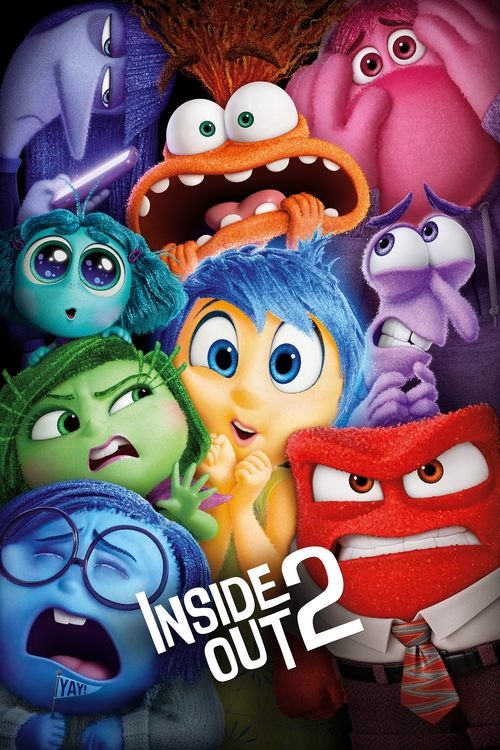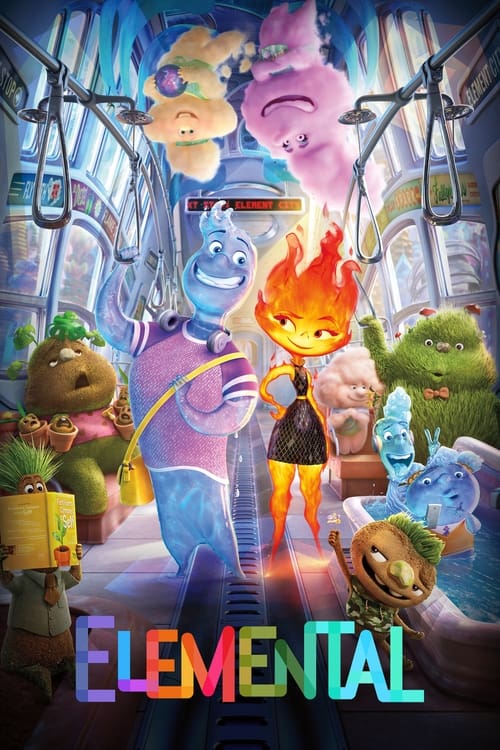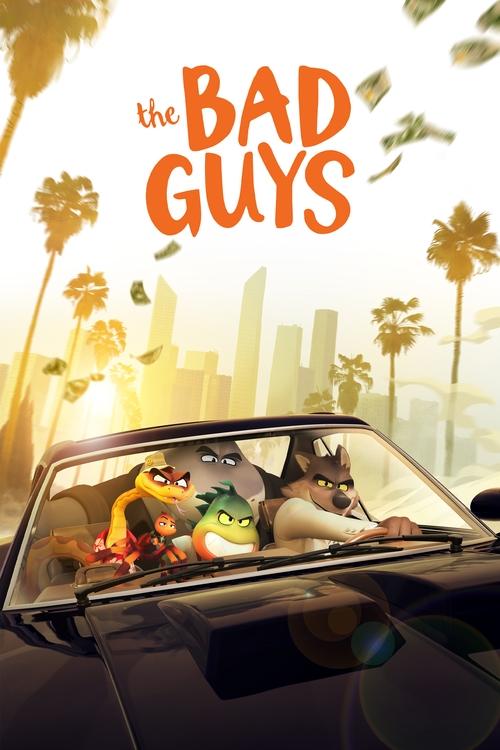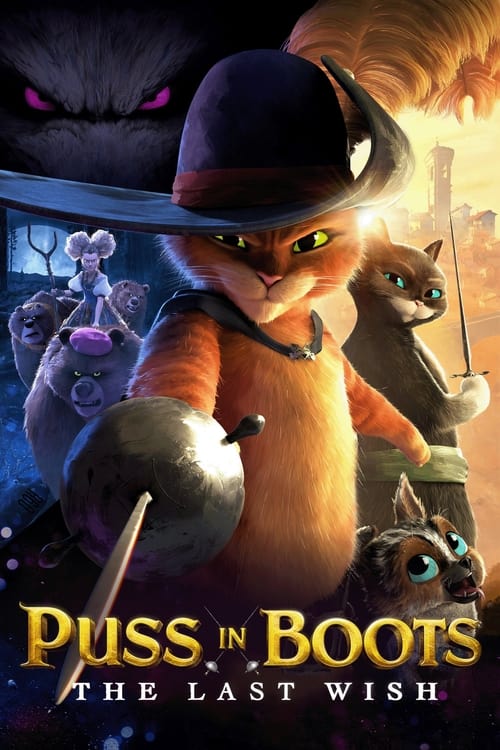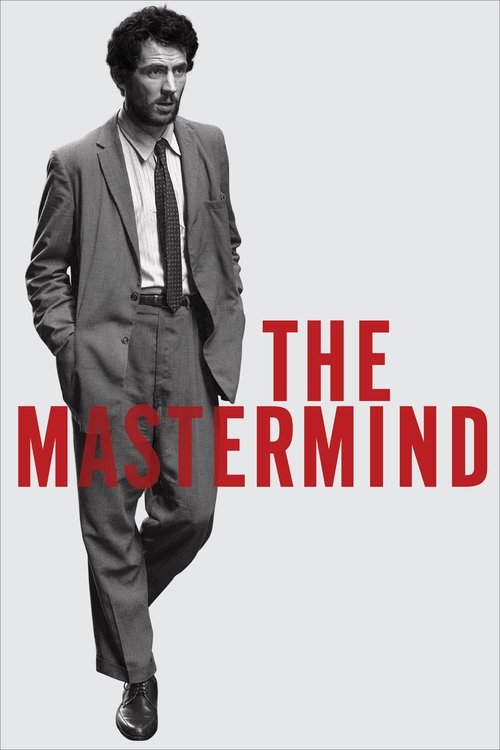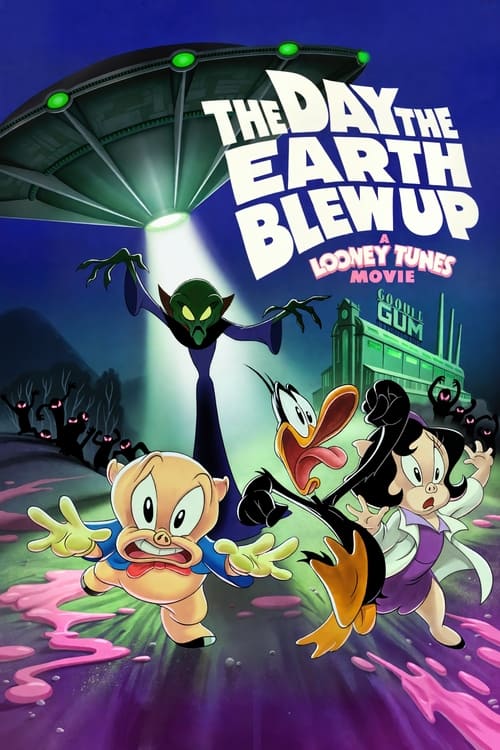
Ask Your Own Question
What is the plot?
In the summer of 1969, in the quiet suburban town of El Lago, Texas, near the bustling NASA facilities of Houston, ten-year-old Stanley "Stan" Bream lives an ordinary life colored by the extraordinary era of the Space Race. The sun beams down on Ed White Elementary School, where Stan, a curious and imaginative fourth-grader, navigates the playground and classroom under the watchful narration of his adult self, voiced by Jack Black. The film opens with Stan's voice reflecting on the innocence and wonder of childhood, setting a nostalgic tone that permeates the entire story.
Stan's family life is warm and lively, filled with the typical chaos of five siblings and devoted parents. His mother, played by Lee Eddy, and his father, Bill Wise, create a grounded, imperfect household where the era's cultural quirks--cigarettes, beer, and the omnipresent space fever--are part of everyday life. The neighborhood buzzes with the excitement of the Apollo missions, and Stan's father even works in shipping and receiving at NASA, tying the family closely to the national dream of reaching the moon.
One bright afternoon at school, this ordinary world shifts dramatically. Two NASA officials, Bostick (Glen Powell) and Kranz (Zachary Levi), appear not as distant government agents but as approachable figures scouting for a very special candidate. They have a secret: NASA has accidentally built a lunar module too small for adults. The race to beat the Russians to the moon has created a problem only a child can solve. Stan is observed playing kickball, his agility and size making him the perfect candidate for a covert mission to test the tiny lunar module on the moon's surface.
The film's narrative splits between Stan's grounded childhood experiences and his fantastical space adventure, blending reality with imagination in a seamless flow. Stan's training is a mixture of humor and wonder. He endures the centrifuge machine, vomiting from the dizzying spins, and learns to operate the lunar module with a mix of childish enthusiasm and serious determination. His sister Vicky's casual remark that The Beatles' "Lucy in the Sky with Diamonds" is about LSD underscores the era's complex cultural backdrop, where innocence and counterculture collide.
As Stan prepares for his secret mission, the film richly portrays the 1960s suburban life--children swimming in over-chlorinated pools that sting their eyes, chasing after mosquito trucks spraying DDT, and making prank calls. These scenes are interwoven with glimpses of NASA's world: the used car salesman in a space suit, the celebrations with beer and cigarettes, and the omnipresent media broadcasting the Apollo missions. The animation style, influenced by Saturday morning cartoons and rotoscoping techniques from Linklater's earlier works, brings a vibrant, nostalgic texture to these moments.
Stan's space journey begins with a quiet excitement. The lunar module, a tiny craft symbolizing the era's technological ambition, carries him beyond Earth's atmosphere. The moon landing is portrayed not with grand spectacle but with intimate detail--the silence of space, the barren lunar surface, and Stan's awe as he becomes the first person to step onto the moon, a secret hero unknown to the world. This fantastical mission is less about action and more about capturing the emotional pinnacle of childhood dreams realized.
Throughout the film, there are no deaths or violent confrontations. The story's tension arises from Stan's internal journey and the cultural pressures of the time rather than external conflict. The absence of tragedy emphasizes the film's focus on nostalgia, imagination, and the bittersweet nature of growing up.
The climax is a gentle crescendo of emotion as Stan completes his mission and returns to Earth. The final scenes show him reintegrating into his everyday life, the secret of his lunar adventure safely tucked away in his memories. His voiceover reflects on the era's optimism and the profound impact of the space race on his childhood and community.
In the closing moments, Stan's narrative brings the story full circle, highlighting the magic of a unique time and place. The film ends not with dramatic resolution but with a tender appreciation for the wonder of youth and the dreams that shape us. The camera lingers on the suburban streets of El Lago, bathed in golden sunlight, as Stan's voice fades, leaving the audience with a lasting sense of nostalgia and hope.
No characters die, no secrets betray the family, and no confrontations disrupt the peace of Stan's world. Instead, Apollo 10½: A Space Age Childhood offers a heartfelt, richly detailed portrait of a boy's imaginative journey against the backdrop of one of humanity's greatest achievements, capturing the spirit of an era through the eyes of a child who briefly became the first man on the moon.
What is the ending?
In the ending of "Apollo 10½: A Space Age Childhood," the protagonist, Stan, reflects on his childhood experiences and the excitement surrounding the Apollo 11 moon landing. The film concludes with a nostalgic look at the innocence of youth and the dreams of space exploration, leaving viewers with a sense of wonder and the bittersweet nature of growing up.
As the film approaches its conclusion, we find ourselves back in the vibrant world of 1969, where Stan, now a young boy, is caught up in the excitement of the impending Apollo 11 mission. The scenes are filled with a palpable sense of anticipation, as the entire nation is buzzing with the prospect of humans landing on the moon. Stan's family, like many others, gathers around the television, their faces illuminated by the flickering screen, reflecting the awe and wonder of the moment.
In a poignant scene, Stan's father, who has been a steady presence throughout the film, shares his own childhood dreams of space travel, connecting with Stan on a deeper level. This moment highlights the generational bond between them, as they both share a fascination with the stars. Stan's father expresses pride in the achievements of NASA, and this conversation deepens Stan's understanding of the significance of the moon landing.
As the launch day arrives, the excitement reaches a fever pitch. Stan, along with his friends, watches the launch on television, their eyes wide with amazement. The countdown echoes in the background, and the moment the rocket lifts off is met with cheers and gasps. The film captures the collective joy and hope of a nation, as well as the innocence of childhood, where dreams feel tangible and within reach.
In the final scenes, after the successful moon landing, Stan reflects on his own dreams and aspirations. He imagines himself as an astronaut, floating in space, experiencing the thrill of exploration. The animation shifts to a dreamlike sequence, where Stan envisions himself aboard the Apollo spacecraft, looking down at Earth. This moment encapsulates the essence of childhood imagination, where the boundaries of reality blur, and anything seems possible.
As the film draws to a close, we see Stan growing up, transitioning from the carefree days of childhood to the complexities of adulthood. The final images are a montage of memories, showcasing the joy, innocence, and wonder of his youth. The film ends on a bittersweet note, emphasizing the fleeting nature of childhood and the dreams that often fade as one grows older.
In summary, the ending of "Apollo 10½: A Space Age Childhood" serves as a heartfelt tribute to the dreams of youth, the excitement of exploration, and the enduring bond between generations, leaving viewers with a sense of nostalgia and reflection on their own childhood experiences.
Is there a post-credit scene?
In "Apollo 10½: A Space Age Childhood," there is no post-credit scene. The film concludes its narrative without any additional scenes or content after the credits roll. The story wraps up with a nostalgic reflection on childhood and the excitement of the space age, leaving viewers with a sense of warmth and reminiscence about the era. The focus remains on the main themes of imagination, adventure, and the innocence of youth, encapsulated in the experiences of the protagonist, Stan, as he navigates his dreams and reality during the historic Apollo space missions.
What is the significance of the Apollo 10½ mission in the story?
The Apollo 10½ mission serves as a backdrop for the protagonist's childhood experiences, blending the excitement of the space race with the innocence of growing up in the 1960s. It symbolizes the dreams and aspirations of a generation, reflecting the protagonist's own imaginative journey as he navigates his youthful adventures.
How does the protagonist, Stan, feel about the space program?
Stan, the young protagonist, is filled with awe and excitement about the space program. He views it as a grand adventure, embodying the hopes of his generation. His fascination with space travel is intertwined with his everyday life, showcasing his desire to escape the mundane and explore the unknown.
What role does Stan's family play in his childhood experiences?
Stan's family is central to his childhood experiences, providing a warm and supportive environment. His interactions with his siblings and parents highlight the dynamics of family life in the 1960s, showcasing both the joys and challenges of growing up. Their encouragement and involvement in his imaginative play help shape his understanding of the world.
How does the film depict the contrast between childhood imagination and reality?
The film vividly contrasts childhood imagination with reality through Stan's daydreams of space travel juxtaposed against his everyday life. His fantastical adventures often blur the lines between what is real and what is imagined, reflecting the boundless creativity of youth while also grounding it in the relatable experiences of family and community.
What are some key moments that highlight Stan's friendships during his childhood?
Key moments that highlight Stan's friendships include playful adventures with his neighborhood friends, where they engage in imaginative games inspired by the space race. These interactions are filled with laughter and camaraderie, showcasing the bonds formed through shared experiences and the innocence of childhood exploration.
Is this family friendly?
"Apollo 10½: A Space Age Childhood" is generally considered family-friendly, but there are a few elements that might be potentially objectionable or upsetting for children or sensitive viewers.
-
Mild Language: The film includes some instances of mild profanity, which may not be suitable for very young children.
-
Parental Concerns: There are scenes depicting parental arguments or discussions that may reflect real-life family dynamics, which could be unsettling for some children.
-
Historical Context: The film touches on themes of the space race and the societal pressures of the 1960s, which may include references to anxiety about the future and the unknown, potentially causing discomfort for sensitive viewers.
-
Childhood Fears: The protagonist experiences typical childhood fears and anxieties, such as worries about space travel and the unknown, which could resonate with some children but may also evoke fear in others.
-
Nostalgic Themes: The film explores themes of nostalgia and loss, which might be emotionally heavy for some viewers, particularly those who are sensitive to such topics.
Overall, while the film is crafted with a sense of wonder and humor, these elements may require parental guidance for younger audiences.

